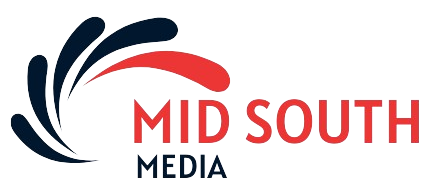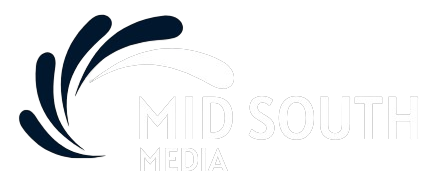
Offers to black students at New York City’s elite public schools are dropping—and the numbers are absolutely dismal.
On Monday, only seven black students were offered admission to Stuyvesant High School, the most selective school in the city, out of 895 potential slots, the New York Times reports.
Yaya DaCosta on ‘The Lincoln Lawyer’ Season 3
Just as concerning: the number of admissions was down from a whopping 10 students the year before. At the Bronx High School of Science, another specialized high school that ranks among NYC’s most competitive, offers to black students were down to 12 this year from 25 in 2018.
The Times story was widely circulated on Monday, with many state politicians weighing in on the numbers. Because of how stark they were, it was one of those instances where every politician recognized the problem, but far fewer had any viable proposals to remedy it.
One of the only substantive changes put on the table to address the city’s public schools racial segregation problem has been from Mayor Bill de Blasio, who has proposed tossing out the entrance exam for schools.
A single exam testing middle schoolers’ command of math and English determines whether students can gain entry in the elite schools—and as the Times notes, many students and their families begin preparing months or years in advance for the high-stakes test.
Scrapping the test, known as the SHSAT, is the most controversial part of a larger plan to overhaul the admissions process for the city’s specialized public high schools.
From the Times:
But Mr. de Blasio’s proposal to scrap the entrance exam for the schools and overhaul the admissions process has proved so divisive that the state’s most prominent politicians, from Gov. Andrew M. Cuomo to Representative Alexandria Ocasio-Cortez, have mostly avoided taking a definitive position — even as black and Hispanic students are grappling with increasingly steep odds of admission into the city’s eight most selective public schools.
Mayor de Blasio referred to the numbers on Monday to call out the need for change to the admissions process.
“These numbers are even more proof that dramatic reform is necessary to open the doors of opportunity at specialized high schools,” de Blasio said.
The sentiment was echoed by other prominent education experts, including the Times’ Nikole Hannah-Jones, who has covered segregation in education for the paper.
“When it comes to specialized high schools, I think folks really need to do some self-reflection about why they are so invested in a single-test for admission, even when knowing that tool excluded nearly all black kids from a public school in a system that is a quarter black,” Hannah-Jones tweeted on Wednesday morning.
Black and Latinx students comprise almost 70 percent of New York City public schools, but makeup just 10 percent of those admitted to the eight specialized high schools, according to Monday’s statistics.
Some of the most vocal opposition to reforming the admissions process has come from Asian American groups, who say their students would be dramatically affected if the test is thrown out.
From the Times:
A recent report found that offers to Asian-American students, who now make up about 60 percent of the specialized schools, would drop by about half under the mayor’s plan, while offers to black students would raise fivefold if that plan is approved.
State politicians, including Jumaane Williams, New York’s newly elected public advocate, seem reluctant to overhaul the admissions system because of the potential wedge it could drive between the city’s Asian American community and its black and brown residents.
The numbers are abysmal, we knew that,” Williams told the Times. “The question is what do we do about it, how do we do it without needlessly pitting communities against each other?”
Still, it’s essential to note that Asian Americans themselves are divided on the issue. In an op-ed for Crain’s New York, several Asian American authors called on the community to remember that they benefit from the “collective civil rights fight for racial justice.”
The perceived success of Asian Americans, which casts us as a monolithic racial group, is used to diminish the impact of structural racism on other people of color, while masking our intra-group differences and needs. Many uncritically accept the racial disparities of the SHSAT’s results and defend them by drawing on pernicious stereotypes of black and Latinx students.
Further complicating the issue is that attempts to diversify the elite schools have failed under other policy changes, which included expanding the city’s free test prep for minority students and a change to when the specialized high school exam was scheduled.
But critics of de Blasio’s admissions proposal have said that the plan places too much emphasis on integrating a handful of the city’s schools. Some politicians, including Representative Alexandria Ocasio-Cortez, have called for wider changes to the city’s school system that would focus on improving schools with high Latinx and black populations.
While lawmakers butt heads over the best way to go forward, they all seem to agree: the low numbers at Stuyvesant High School point to how one of the country’s largest and most diverse education systems continues to leave black students behind.

